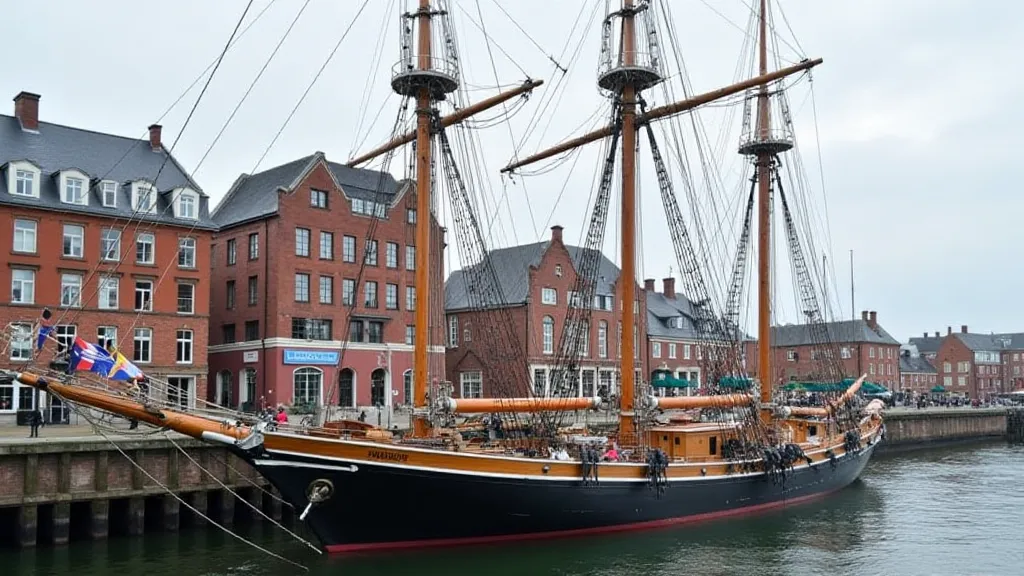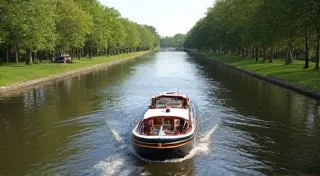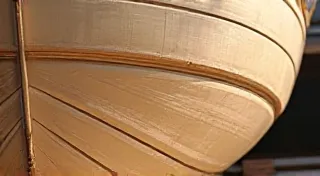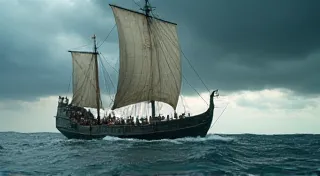The Pilot Schooner: A Story of Speed and Accuracy
The pilot schooner occupies a unique and vital place in maritime history. More than just a beautiful sailing vessel, it was a critical link between incoming ships and the safety of harbors worldwide. This article explores the history and construction of this specialized type of schooner, highlighting the remarkable craftsmanship and design elements that made them so effective.
A Need for Speed and Precision
Before sophisticated navigation systems, guiding ships safely into port was a precarious task. Ships arriving from overseas needed pilots – experienced navigators familiar with local waters and treacherous shoals. In the 19th century, a reliable and rapid method of delivering these pilots was essential. Existing vessels were often too slow, risking delays and potential danger. The pilot schooner was developed to solve this problem – a fast, seaworthy vessel capable of outrunning and transferring a pilot to an approaching ship.
The need was particularly acute on the American East Coast, where a large volume of transatlantic traffic converged on numerous ports. The development of the pilot schooner became a race, with shipbuilders striving to create the fastest and most maneuverable craft possible. This competitive spirit drove innovation in design and construction.
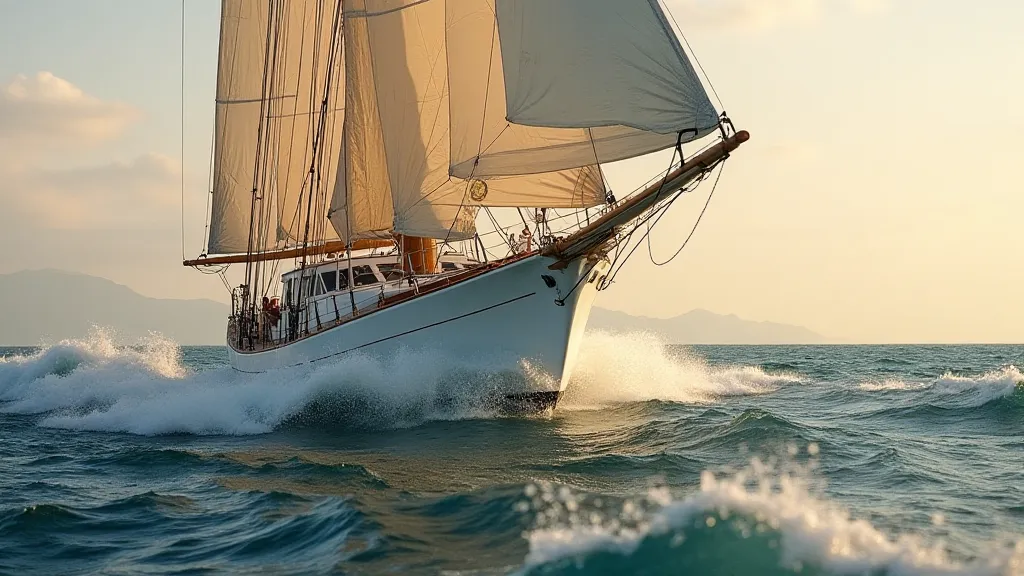
Design and Construction - A Masterclass in Craftsmanship
The pilot schooner's design reflected its demanding role. While retaining the characteristic schooner rig (a main mast taller than the foremast), pilot schooners were built to be exceptionally fast and easily handled. Several key design features contributed to their performance:
- Long, Narrow Hull: This reduced water resistance, allowing for greater speed.
- Fine Bow and Stern: Further minimized drag, allowing the vessel to cut through the water efficiently.
- Tapered Sternpost: A crucial element in reducing weight and improving hydrodynamics.
- Lightweight Construction: Using high-quality timber and meticulous joinery minimized overall weight. The wood selection was crucial, often favoring white oak, cedar, and pine, each chosen for its strength-to-weight ratio.
- Carefully Designed Sail Plan: The large sail area, combined with skillful sail handling, maximized speed.
The craftsmanship involved in building a pilot schooner was truly remarkable. Shipwrights were master artisans, and their skills were passed down through generations. Every plank was carefully selected and fitted, the seams were caulked with painstaking care, and the rigging was a testament to precision and expertise. The quality of the timber and the accuracy of the construction were paramount – failure was not an option. The hull would be coated with layers of traditional pitch and linseed oil, creating a durable and waterproof barrier.
The Golden Age and Beyond
The late 19th and early 20th centuries represented the "Golden Age" of the pilot schooner. Dozens of these vessels operated along the American coast, engaged in a constant competition to be the fastest. Races between pilot schooners were a popular form of entertainment, drawing large crowds. The "America's Cup" style of intense competition drove further innovation and refined design.
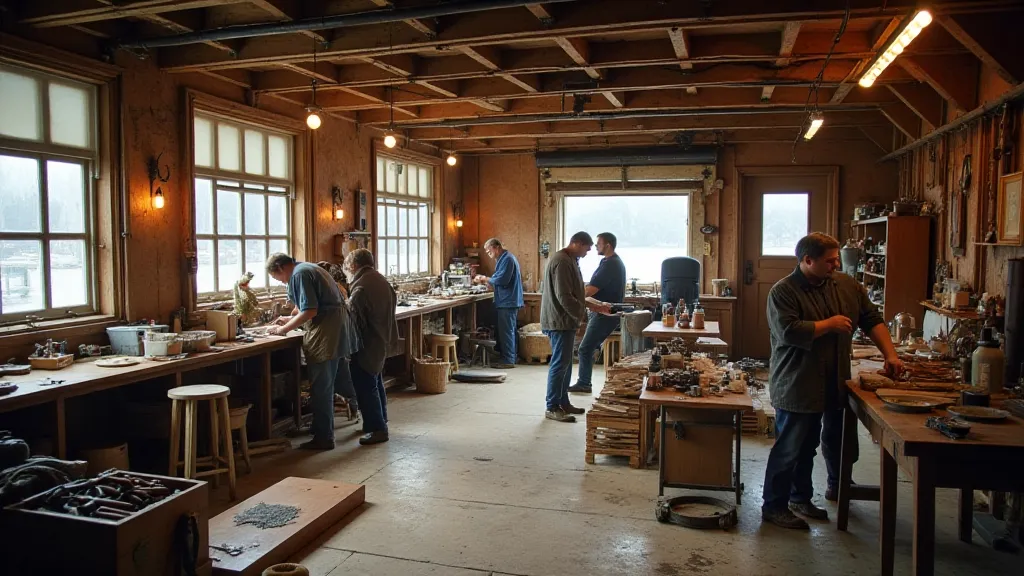
The rise of motorized pilot boats gradually began to displace the sailing pilot schooners, though many continued to operate well into the 20th century. Today, a few beautifully restored pilot schooners remain, serving as living reminders of a bygone era and a testament to the skill and ingenuity of the shipwrights who built them. They represent a unique chapter in maritime history, embodying speed, accuracy, and the vital role of human skill in the age of sail.
Legacy and Preservation
The story of the pilot schooner serves as a powerful illustration of how functional needs can inspire breathtaking craftsmanship. The vessels are now recognized as icons of American maritime heritage. Preservation efforts focus on maintaining and showcasing these living artifacts, ensuring that future generations can appreciate the skills and traditions of those who built and sailed them. The legacy of the pilot schooner isn’t just about speed and accuracy; it's about the enduring power of human innovation and dedication to a vital craft.
